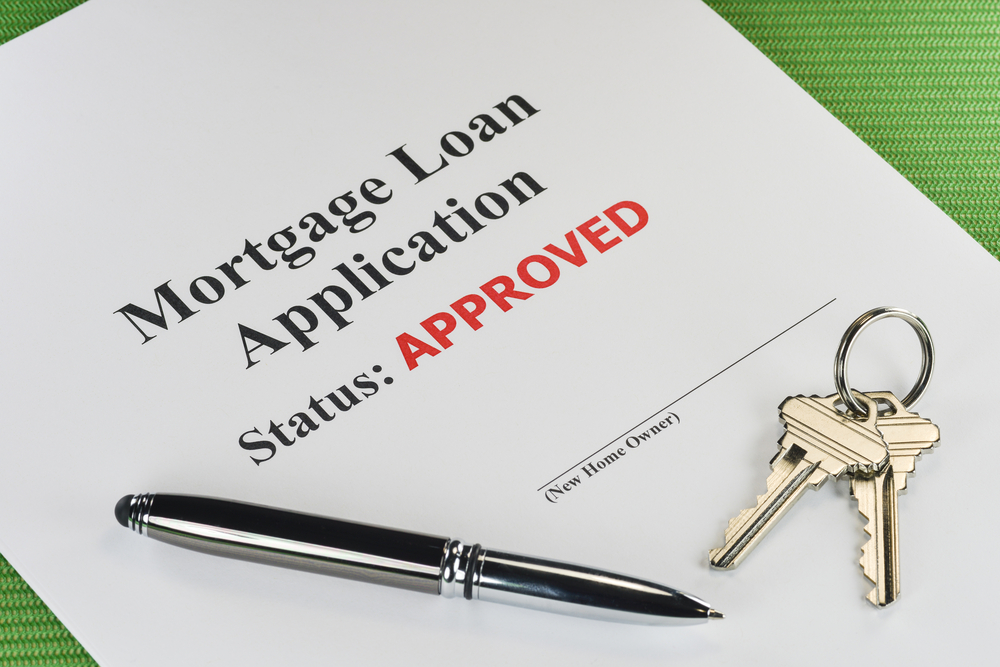Getting a mortgage has become harder for everyone due to tighter lending requirements—but if you are self-employed, you have a unique challenge ahead of you.
Freelancers, independent contractors and other self-employed workers don’t receive a W-2 from an employer. Instead, they rely on stated income on their tax returns to determine eligibility for a mortgage. Their income can be irregular and fluctuate from week-to-week, so they’re often classified as high-risk borrowers.
Being self-employed doesn’t mean you’ll never be able to buy a home. The trick is understanding what lenders require from you.
Continue reading




